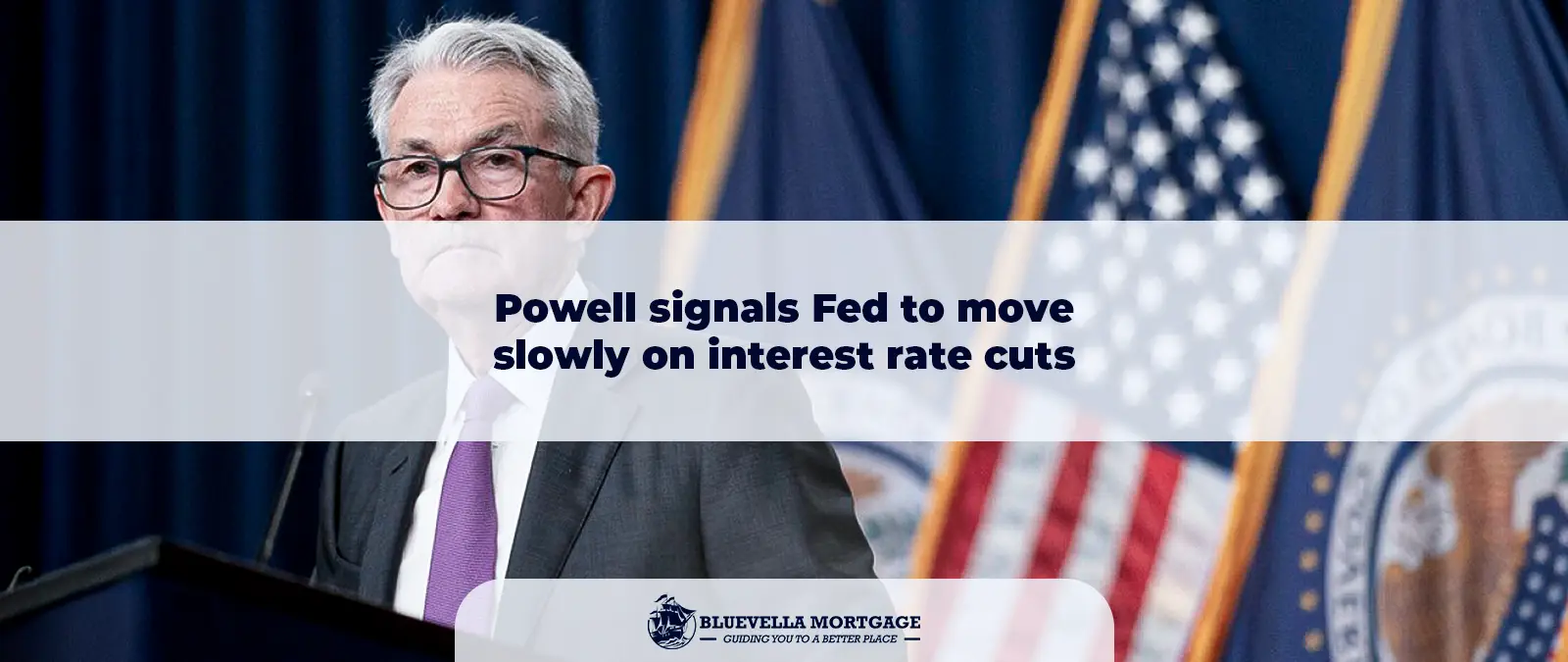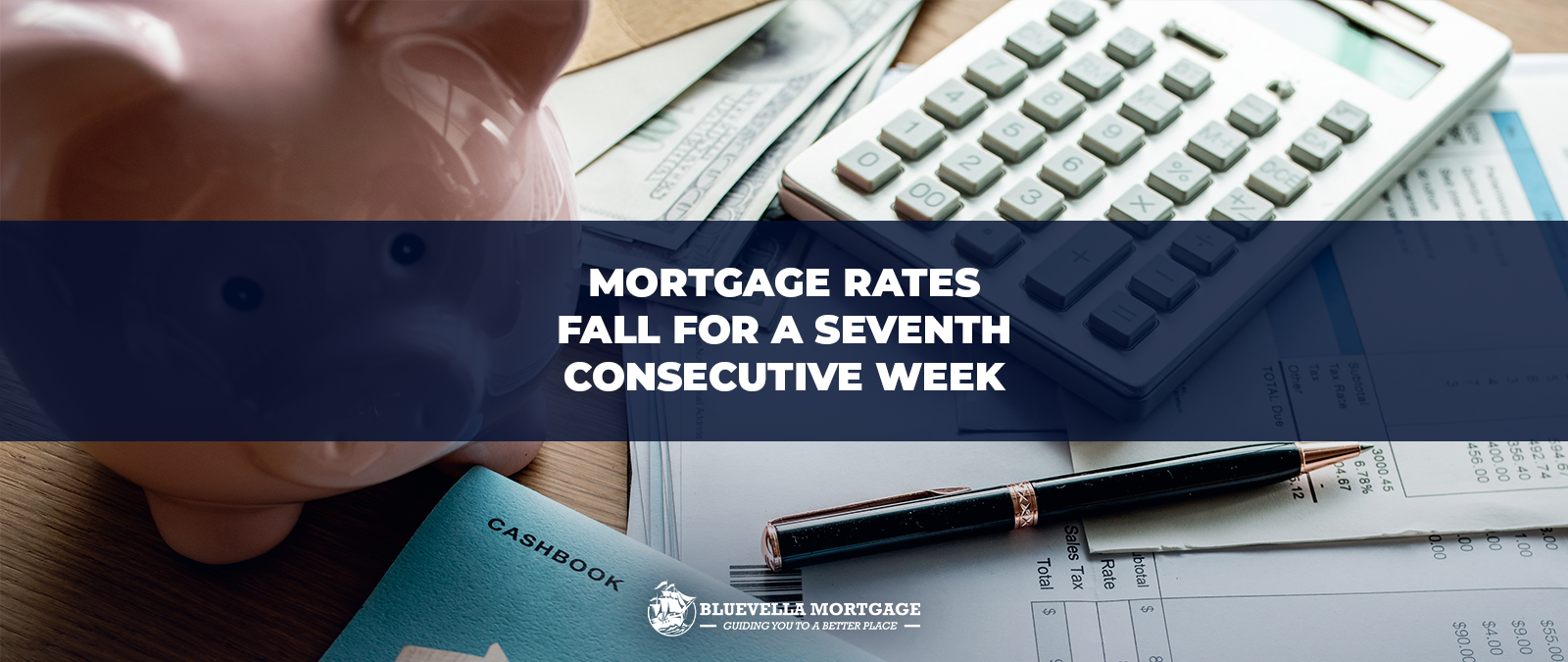Introduction to Federal Reserve Policies
The Federal Reserve, often referred to as the Fed, serves as the central banking system of the United States and plays a critical role in shaping the nation’s economic landscape. Through its monetary policy strategies, the Fed influences various economic factors such as inflation, employment, and economic growth. At the heart of these strategies is the adjustment of interest rates, which represents the cost of borrowing money and the return on savings.
Interest rates are pivotal in regulating economic activity. When the Fed decides to lower interest rates, it typically encourages borrowing due to lower costs, stimulating consumer spending and business investment. Conversely, raising interest rates can curb inflation by making borrowing more expensive, thereby slowing down economic activity. Thus, the board must carefully assess the economic indicators when setting rates to ensure stability and growth.
The relationship between interest rates and the broader economy is multifaceted. A well-calibrated interest rate policy can help control inflation, aiming to keep it within a target range while promoting maximum sustainable employment. When the Fed signals its intentions regarding interest rates, it sends important messages to markets, investors, and consumers. These decisions can have widespread implications, affecting everything from consumer loans to mortgages and business investments.
As we anticipate the discussions around Powell’s signals regarding future interest rate cuts, it becomes increasingly important to consider the overall ramifications of the Federal Reserve’s monetary policies. Understanding how these policies function helps to illuminate their potential impact on the economy and financial markets, especially as we transition into a phase of cautious economic recovery.
Current Economic Landscape
As we approach October 2025, the state of the U.S. economy reveals a complex interplay of various indicators that serve as essential touchpoints for assessing potential monetary policy changes by the Federal Reserve. One of the most critical metrics is the Gross Domestic Product (GDP) growth rate, which has exhibited a moderate trajectory in the preceding years. While annual growth remains positive, fluctuations exacerbate uncertainties amid evolving global economic dynamics and trade developments. This has prompted economists to scrutinize the sustainability of such growth, especially in light of external economic pressures.
The unemployment rate also plays a vital role in evaluating economic conditions. As of late 2025, it is projected to stabilize at historically low levels, suggesting that the labor market is resilient. However, nuances within this metric, such as disparities in job creation across different sectors, must be considered. The participation rate remains a point of concern, given that a sizeable segment of the working-age population persists outside the labor force, which may indicate underlying issues that could influence economic recovery and expansion.
Another pressing aspect is inflation, which has displayed erratic trends in recent months. Following periods of elevated inflation rates, the Federal Reserve closely monitors core inflation readings, particularly in relation to wage growth and supply chain disruptions. Consumer confidence has, however, shown signs of resilience amidst these inflationary pressures, driven by favorable conditions such as increased savings rates and steady income growth. Optimism regarding future employment prospects could bolster spending, thereby acting as a buffer against potential recessive factors.
In summary, the current state of the U.S. economy presents a mixed bag of indicators that guide the Federal Reserve’s monetary policy decisions. Geographic disparities, sectoral challenges, and international economic influences add layers of complexity to the assessment, making it essential to adopt a cautious approach towards any adjustments to interest rates in the foreseeable future.
Background on Interest Rate Cuts
Interest rate cuts are a crucial monetary policy tool employed by central banks, particularly the Federal Reserve (the Fed) in the United States, to influence economic activity. When the Fed decides to lower interest rates, its primary aim is to stimulate economic growth. This approach typically comes into play during periods of economic downturn or when inflation rates are below the target, as lower rates can encourage borrowing, spending, and investment.
Economic conditions often dictate when the Fed should consider reducing interest rates. Factors such as high unemployment rates, sluggish consumer spending, or decreased business investments can signal the need for action. In such cases, the Fed’s strategy may involve lowering the federal funds rate, which ultimately serves as a benchmark for various lending rates across the economy. When this rate is reduced, it becomes less expensive for banks to borrow money, allowing them to extend loans to businesses and consumers at lower rates.
The consequences of interest rate cuts can be significant. By making borrowing cheaper, these cuts can spur consumer spending, as individuals are more likely to finance large purchases like homes or vehicles when rates are lower. Additionally, lower interest rates can promote business investments, as companies may seek to take advantage of these reduced costs to expand operations or launch new projects. However, while such policies can stimulate growth in the short term, there are potential long-term risks, including increased inflation or asset bubbles fueled by excessive borrowing.
In essence, the decision to implement interest rate cuts is guided by a comprehensive analysis of the current economic landscape, weighing the potential benefits against possible adverse effects. As policymakers navigate these complexities, their ultimate goal remains to foster a stable economic environment conducive to growth and prosperity.
Powell’s Statements and Their Implications
In recent statements, Federal Reserve Chairman Jerome Powell has emphasized the necessity for a measured approach to interest rate adjustments. As the economic landscape evolves, Powell has reiterated that the Federal Reserve will carefully assess various indicators before making any significant decisions regarding interest rate cuts. His remarks suggest that any potential rate reductions will not be implemented hastily and will depend heavily on ongoing economic conditions, inflation metrics, and labor market trends.
Powell articulated that the Federal Reserve is committed to achieving its dual mandate of maximum employment and stable prices. This commitment underlines the importance of ensuring that any adjustments to interest rates align with broader economic stability. The Chairman’s cautious demeanor could indicate a recognition that rapid changes to the interest rate environment may produce unintended consequences, leading to economic volatility. Moreover, Powell’s emphasis on patience highlights the Fed’s intention to avoid rash actions that might disrupt the recovery process or affect consumer confidence.
An important facet of Powell’s recent discourse is the suggestion that the Federal Reserve may utilize a “data-dependent” approach going forward. This methodology entails continuous monitoring of inflation trends and economic growth before arriving at any conclusions about necessary policy changes. The implications of this stance are significant: stakeholders in financial markets, businesses, and households may need to recalibrate their expectations regarding the timing and magnitude of interest rate cuts. Powell’s statements reflect a broader understanding that economic indicators are often fluid, and the Fed’s path forward will be thoughtfully navigated rather than embarked upon impulsively. As the Federal Reserve navigates this landscape, maintaining transparency and clarity about its intentions will be crucial in managing public expectations and fostering economic stability.
Market Reactions and Predictions
The announcement from Federal Reserve Chair Jerome Powell regarding a cautious approach to interest rate cuts has sparked varied reactions across financial markets. Following Powell’s signals, stock markets exhibited volatility, as investors recalibrated their expectations around monetary policy. Major indices such as the S&P 500 and the Dow Jones Industrial Average initially experienced declines, evidencing concerns over prolonged interest risks that could hinder economic growth. Market participants appeared to digest the implication that interest rates may not decrease significantly in the near future, which raised anxiety about corporate profits and overall economic health.
In the bond market, yields on government securities reflected a notable shift, with longer-term bond yields rising in response to the central bank’s cautious stance. This reaction suggests that investors are now pricing in the potential for sustained higher rates for an extended period. Specifically, the ten-year Treasury yield, which is often viewed as a benchmark, saw an upward adjustment as traders anticipated that the Fed would take its time before implementing cuts, consequently increasing the cost of borrowing for consumers and businesses alike. The inversion of the yield curve, where shorter-term yields exceed longer-term yields, has also continued, indicating persistent recession fears in the market, accentuated by the Fed’s signals.
Investor sentiment is currently characterized by a sense of uncertainty, as stakeholders navigate the complexities of economic indicators, inflation forecasts, and central bank communications. Many analysts predict that until there is a clearer path towards economic stabilization, markets will likely remain skittish. This might influence the Federal Reserve to maintain its vigilant approach, ensuring that it does not prematurely alter the course of interest rates. Consequently, the interplay between Powell’s communications, market reactions, and broader economic indicators is likely to shape an evolving outlook for monetary policy in the months to come.
Comparative Analysis with Historical Rate Cuts
The Federal Reserve’s approach to interest rate cuts has evolved significantly over the years, particularly in response to varying economic conditions. Historically, the Fed has employed rate cuts as a key tool to stimulate economic recovery during periods of recession. However, the specific contexts and timing of these cuts can reveal much about the current cautious stance adopted by the central bank. Taking a closer look at previous instances, we find notable patterns that dictate how the Fed typically responds to economic downturns.
For instance, during the 2008 financial crisis, the Federal Reserve implemented aggressive rate cuts in an attempt to stimulate a stagnant economy. The Federal Open Market Committee (FOMC) lowered rates from 5.25% in September 2007 to near zero by December 2008. This swift action aimed to restore confidence in financial markets and promote lending. In contrast, the current economic environment as of October 2025 is marked by a foundation of greater economic resilience, yet the Fed remains cautious about cutting rates too quickly. This difference in strategy is indicative of lessons learned from the past.
Moreover, earlier instances of conservative rate cuts, such as those following the 1990-1991 recession, illustrate that the Fed has sometimes opted for a more gradual approach. In this period, the FOMC cut rates slowly, waiting to observe signs of economic stabilization before each move. The lessons from these historical actions are clear: while rapid response may seem beneficial in theory, the complexities of economic recovery can warrant a more measured approach.
Therefore, the Fed’s current deliberation on rate cuts reflects not only the distinct challenges present in today’s economy but also the enduring memories of past economic crises, showcasing a commitment to learn from history while ensuring the stability of the financial system.
Potential Risks of Moving Slowly
The Federal Reserve’s cautious approach to interest rate cuts, as indicated by Chair Jerome Powell, may carry various risks that could impact the broader economy. One of the primary concerns associated with a slow trajectory in interest rate adjustments is the potential stunting of economic growth. By maintaining higher interest rates for prolonged periods, borrowing costs increase for consumers and businesses alike, which can lead to reduced spending and investment. When consumer confidence declines due to higher costs of borrowing, the overall demand for goods and services is likely to slow, potentially resulting in stagnation in economic activity.
Additionally, a slow response to necessary rate cuts can exacerbate inflationary pressures in the long term. If the cost of living continues to rise while interest rates remain elevated, it could lead to a discord between income growth and inflation levels. As consumers grapple with rising prices and stagnant wages, their purchasing power diminishes significantly. This imbalance could trigger a long-term inflationary cycle, further complicating the Federal Reserve’s monetary policy objectives.
The impact on business investment is another critical factor to consider. Businesses typically assess market conditions and cost of capital when deciding on expansion or improvement projects. High interest rates may dissuade companies from undertaking new capital expenditures or hiring additional staff, directly affecting employment rates and overall productivity in the economy. In this environment, a prolonged wait for rate cuts could disincentivize reinvestment in the domestic economy, resulting in slower growth potential over time.
In conclusion, while a measured approach to interest rate cuts may mitigate immediate risks to financial stability, it brings forth challenges that could stifle economic growth, lead to prolonged inflation, and reduce consumer and business confidence. The Federal Reserve must navigate these potential risks carefully in shaping a monetary policy that fosters sustainable economic development.
Global Economic Considerations
The state of the global economy significantly influences the Federal Reserve’s approach to interest rates. As the interconnectedness of international markets continues to grow, policymakers must consider the implications of global trade relationships and geopolitical uncertainties. For instance, changes in foreign demand can have a ripple effect on domestic economic performance, prompting the Fed to adjust its monetary stance accordingly. A slowdown in major economies, such as China or the European Union, may lead to reduced U.S. exports, impacting growth forecasts and, consequently, interest rate decisions.
Furthermore, geopolitical tensions and conflicts can also affect global economic stability. Events such as trade wars, sanctions, or military conflicts can create uncertainty, leading to fluctuations in investor confidence that reverberate throughout the financial system. This uncertainty compels the Fed to exercise caution in its interest rate policy, ensuring that its actions do not exacerbate volatility domestically or internationally. Understanding how these external factors integrate with U.S. economic conditions is paramount for forming an effective monetary policy.
In addition to external factors, the actions of other central banks play a crucial role in shaping U.S. monetary policy. When central banks in countries like the European Central Bank or the Bank of Japan implement their own strategies regarding interest rates, the Fed must weigh these moves against domestic economic indicators. Divergent paths of monetary policy can lead to shifts in capital flows, currency valuations, and ultimately, inflationary pressures in the U.S. economy.
Consequently, the Federal Reserve’s decision-making process is intricately linked to the global economic landscape. By acknowledging the relationship between domestic policies and international developments, the Fed can better navigate future interest rate adjustments, ensuring a balanced approach that addresses both local and global concerns.
Conclusion and Future Outlook
The recent statements from Federal Reserve Chair Jerome Powell highlight a cautious approach towards interest rate adjustments, particularly as we look towards the end of 2025. The delicate balance of managing inflation, unemployment, and economic growth remains at the forefront of the Fed’s agenda. Powell’s emphasis on proceeding with caution reinforces the understanding that the central bank intends to avoid abrupt changes that could destabilize financial markets and the broader economy.
In considering the future, several scenarios could unfold concerning interest rates. If inflation continues to show appropriate signs of moderation while employment levels remain stable, the Fed may opt for a gradual reduction in rates. This would aim to stimulate economic activity and bolster consumer confidence without igniting renewed inflationary pressures. Conversely, if inflationary pressures persist beyond expectations, the Fed may need to adopt a more aggressive stance, possibly delaying rate cuts and maintaining current rates to anchor inflationary expectations.
Moreover, global economic factors, including geopolitical tensions and supply chain disruptions, will also play a critical role in shaping the Federal Reserve’s decisions. As the economic landscape evolves, the Fed must remain agile and responsive. The dual mandate of promoting maximum employment while ensuring price stability will continue to guide their monetary policy framework in the months ahead.
As we approach late 2025, it is essential to monitor the economic indicators closely. The Federal Reserve’s actions are likely to reflect not only domestic considerations but also an awareness of global developments. This nuanced approach will be crucial as policymakers navigate the complexities of an interconnected economic environment.
Follow us:
Know more about Bluevella Mortgage.






